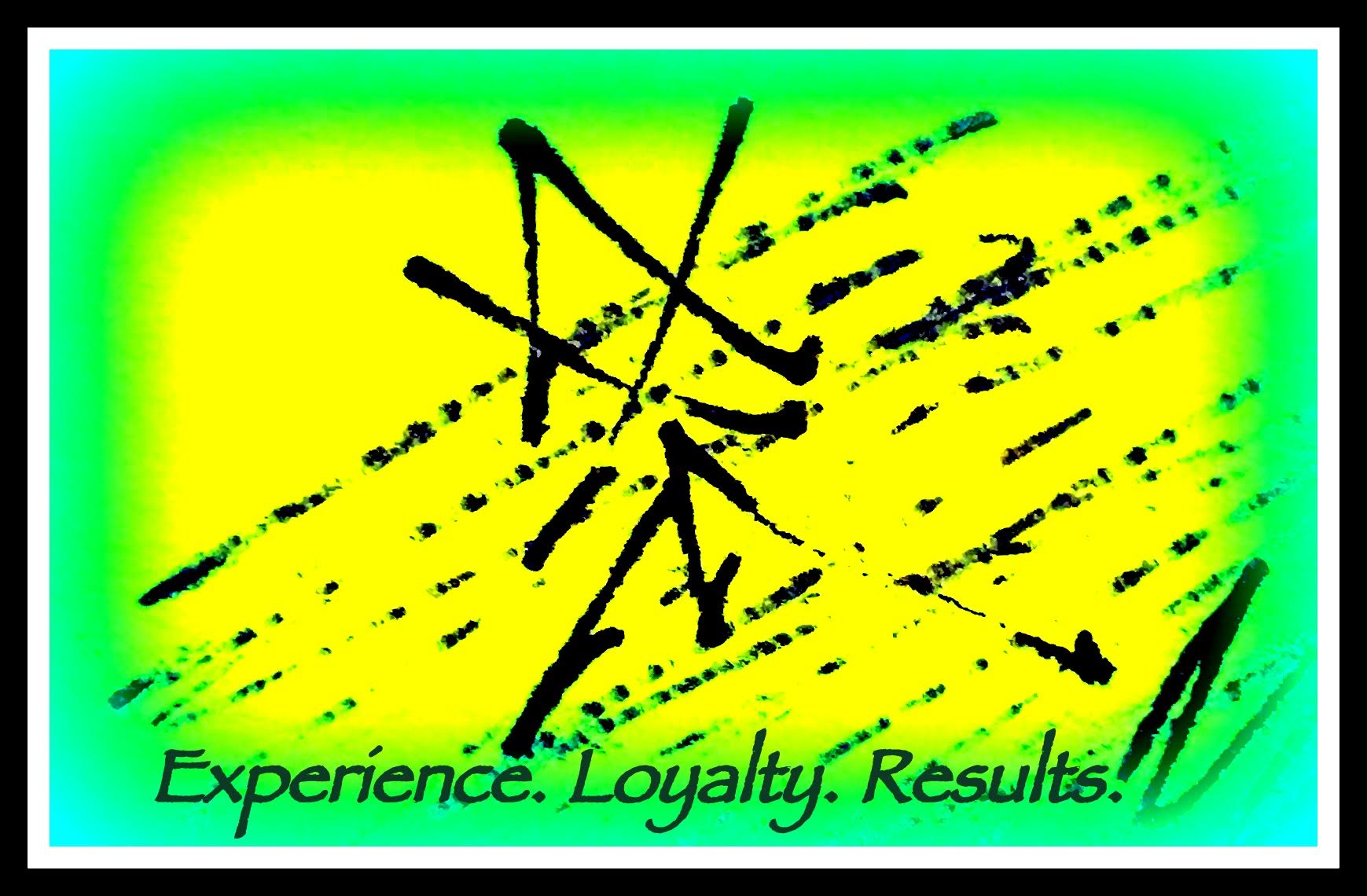A lack of adequate information typically prevents us from being sure that our inferences are well-founded. Because of this, we too often stop searching for answers. We erroneously believe there’s “not enough evidence” to draw any further conclusions.
Example: At a certain address, there’s a row of bushes six feet high aside a fence that’s sixty-five feet long near a street that’s thirty feet wide. What are the dimensions of the first floor of the house that’s across the street?
One’s immediate reaction to this question is to conclude that the information provided has “no bearing” on the question posed. There’s no “logical or factual relationship” between the former and the latter. We stop before even trying to answer the question because our rational minds have concluded we’ve not been provided enough data to make even an approximate guess. We see this absence of information everywhere, particularly in law and lawsuits. If only we knew more…but we do not. So, we stop. No matter how much investigation we were to undertake, we distrust the “educated guess,” believing it to be nothing more than conjecture.
What else must necessarily be true, assuming the truth of what we’ve been told? “What are the dimensions of the first floor of the house that’s across the street?” The initial effort, of course, would be to obtain a copy of the floorplan of the house, or, if we could obtain the exact address, to have someone go out to measure its dimensions. But absent this, what options exist? Perhaps it’s best to ask: To what use can we put the seemingly irrelevant information we’ve been provided? Well, one idea would be simply to recognize someone at some point had to have measured the dimensions of the bushes, fence, and street. Also, the circumstances existing at the time allowed for such measurement.
That’s not much, but it’s a start. Thus, another effort would be see if the person or persons who carried out the measurements are available and can be questioned. If they are not, perhaps construction permits, building codes, zoning laws, Google map searches––anything to shed some light on finding those areas with sixty-five foot fences in the vicinity of thirty foot streets. Etc. But we see after a time we will begin to run out of options. What then? How can we narrow the gap?
What general principles can be invoked that will provide a method of explanation? We can formulate an explanatory rule: “Fences usually border a house, so, assuming this is a residential area, the dimensions of the house across the street would probably be somewhat smaller than the dimensions of the fence.” We can seek out common practices: “If trade practices exist regarding the design and construction of residential fences, perhaps we can find out more about the size and type of houses where these types of fences are used.” Or we can simply cast aside: “The question is unanswerable in its present form. We need to know more.”
The inner skeptic in us sees that our efforts may never yield the kind of precise answer we seek. We’re reaching a point where we are about to abandon our search. But there’s one last way. We can simply hypothesize a reasonable answer: “We cannot know for sure, but a reasonable estimate would be the dimensions of the first floor of the house across the street are somewhat less than sixty-five feet, perhaps forty by thirty.” Without more of an explanation, your opponent would quickly respond: “You’re guessing: that’s just your opinion.”
In a lawsuit, our task is to make sure that the opinions of our experts can never be misconstrued as mere guesswork. What separates an expert opinion from a mere guess? Its basis. Both federal and state court rules require the basis of each expert opinion to be set forth in detail. Thus, a good way of thinking about “basis of opinion” is to ask: What separates this opinion from a mere guess? What facts, and methodology, can be brought to bear to justify the conclusions reached? What elevates this opinion to that which can be testified to “a reasonable degree of certainty.”
“One attempt to avoid the problem of induction involves weakening the demand that scientific knowledge be proven true, and resting content with the claim that scientific claims can be shown to be probably true in the light of the evidence. So the vast number of observations that can be invoked to support the claim that materials denser than air fall downwards on earth, although it does not permit us to prove the truth of the claim, does warrant the assertion that the claim is probably true.” ― Alan F. Chalmers
One’s initial reaction of “not enough evidence” needs to be resisted. There’s usually enough evidence, if the search is conducted long enough and if genuine efforts are made to explain why the conclusions reached are supported. An expert witness who testifies that “a database search of over five million residential properties each surrounded by a fence revealed the following findings…” would probably be allowed to testify since there’s a verifiable basis which both sides can examine and evaluate.
The absence of evidence, the missing piece of the puzzle: perhaps the best practice––don’t stop the search prematurely. Evidentiary gaps, at least to some extent, exist in virtually every case. These gaps are precipitous, yawning––and there’s rough water below with sand, rocks, and dangerous undercurrents. Your task, brick by brick, is to build the bridge.




